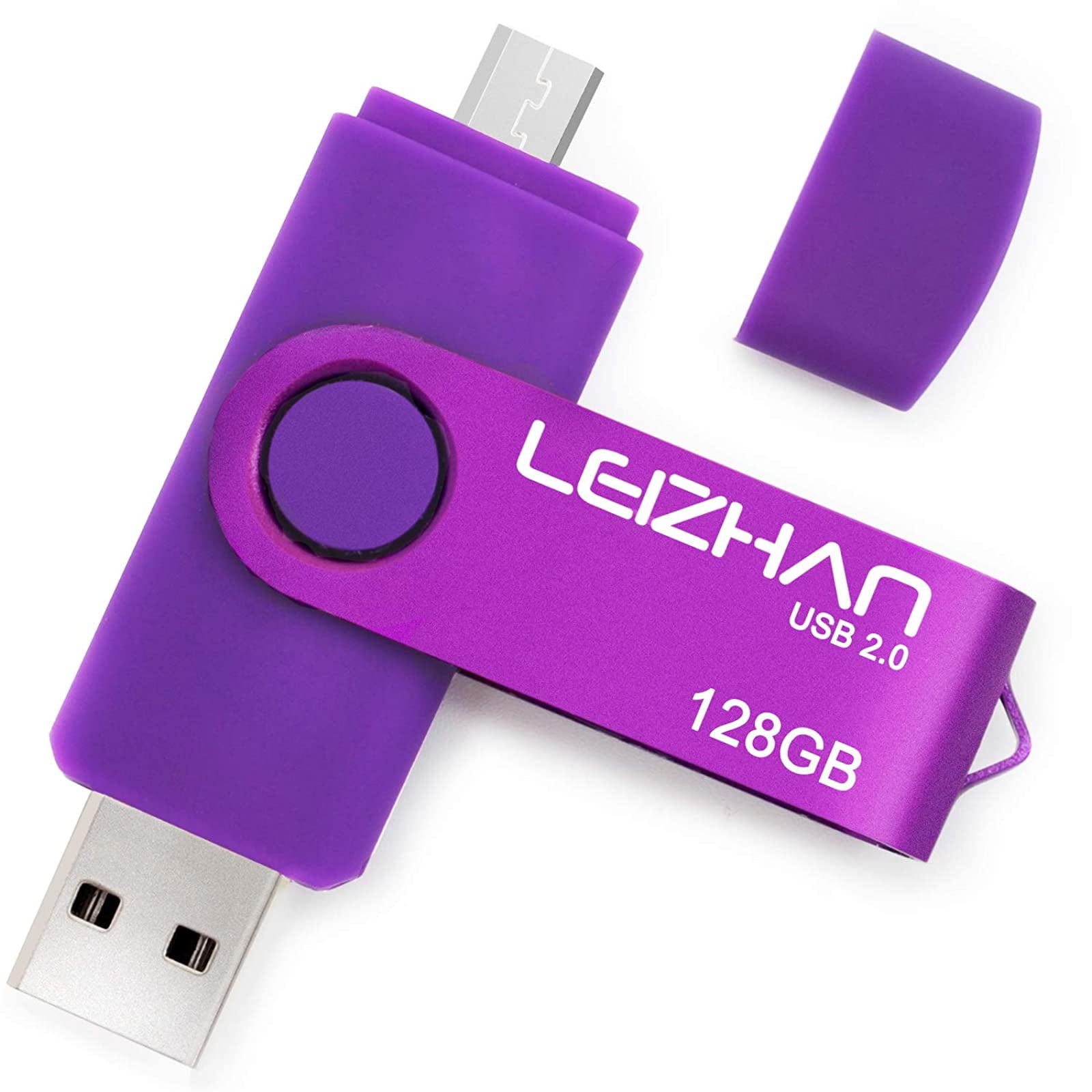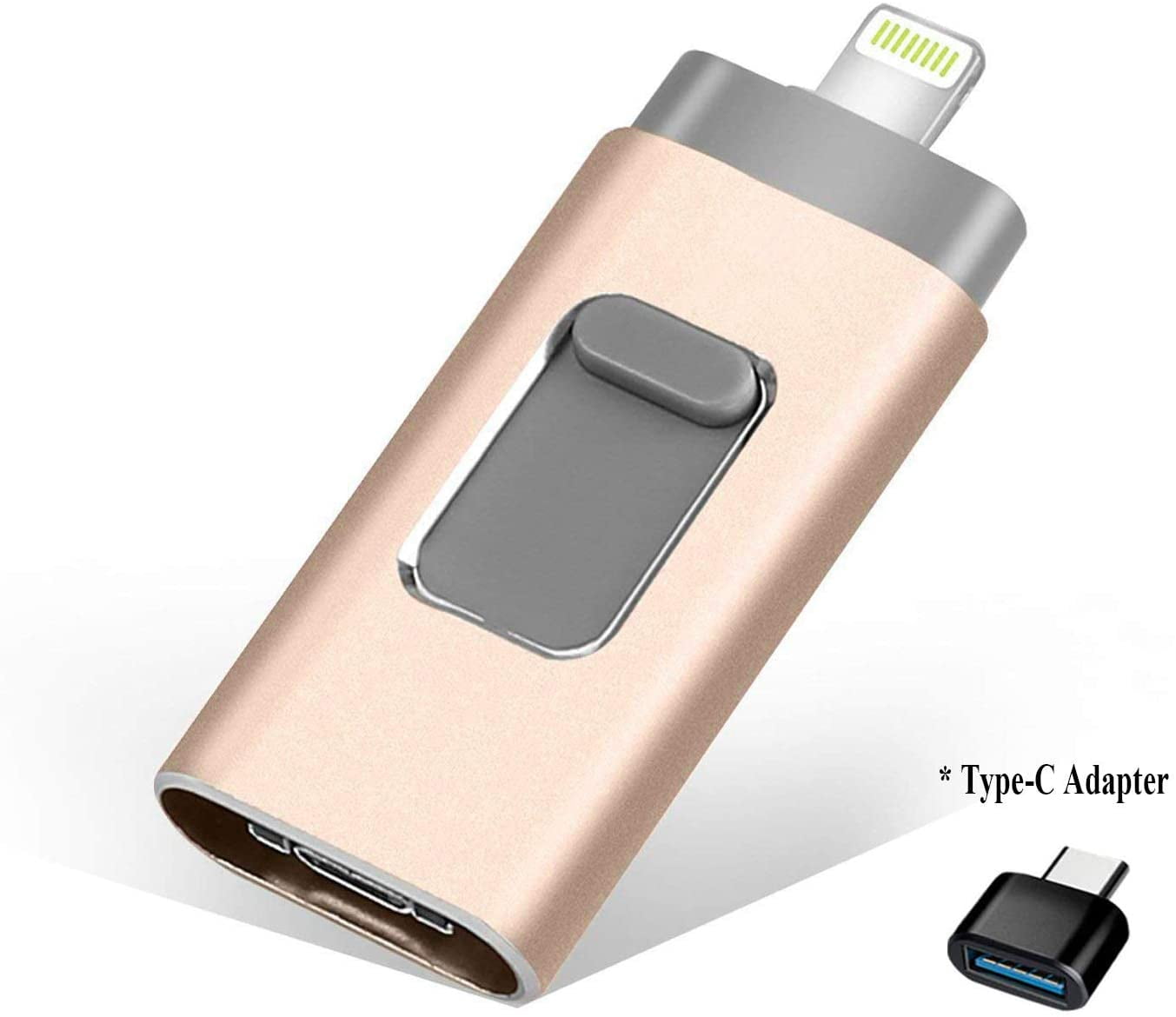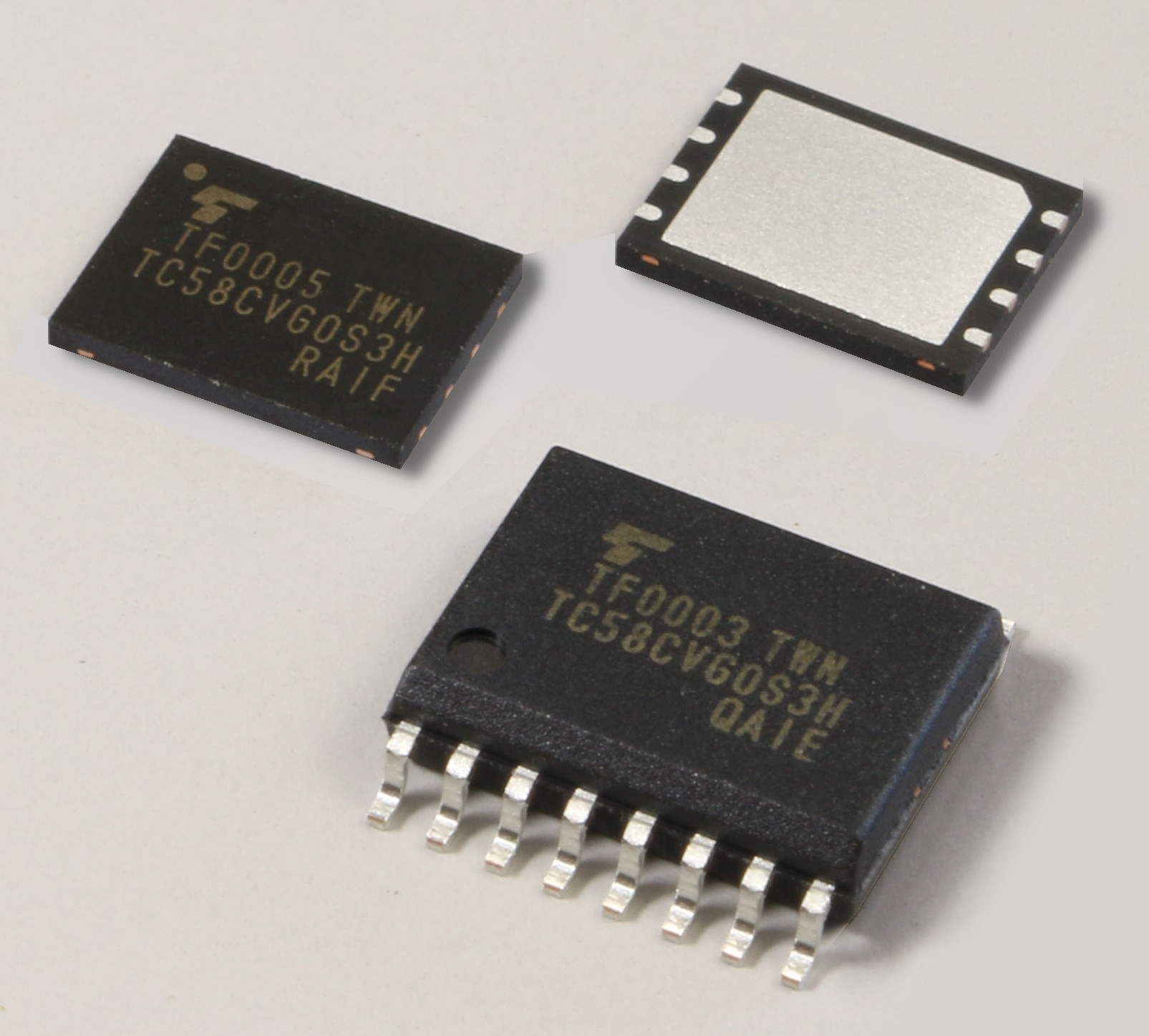
Many NAND flash memory vendors offer different chips depending on whether they are for enterprises or consumers. 3D NAND is backward-compatible with planar NAND, so any devices that support the latter can read and write data to the former and vice versa. Instead of continuing to try to shrink transistors, BiCS enabled manufacturers to greatly increase the number of transistors on a chip by building them vertically rather than horizontally, as is done with standard planar NAND technology. In 2006, Toshiba developed a new process called Bit Cost Scaling (BiCS) to overcome these issues. That's because the photolithographic processes used to shrink transistors would no longer suffice to continue the price declines and performance improvements the industry and its customers had become accustomed to. Toshiba followed with the first NAND flash chips in 1989.īy the mid-2000s, it looked like NAND flash would hit a hard scaling limit. The company released the first NOR flash chips in 1988. Intel's interest was piqued as NOR flash served as a higher-functioning replacement for the EEPROM chips the company was shipping at that time. NOR and NAND are named for the way the floating gates of the memory cells that hold data are interconnected in configurations that somewhat resemble a NOR or a NAND logic gate. In comparison to the slow process used by EEPROM, the new format's ability to be programmed and erased in large blocks reminded a colleague of Masuoka's of a camera flash. Fujio Masuoka is credited with inventing NOR and NAND flash, the two main types of flash memory, while he worked for Toshiba in the 1980s. Use cases have since expanded to general enterprise workloads and mission-critical applications as the cost of flash has dropped and businesses have attempted to take advantage of its performance and low-latency benefits.

Initial deployments focused on the acceleration of input/output (I/O)-intensive applications, such as databases and virtual desktop infrastructures (VDIs). Flash is more prevalent in notebooks than desktop computers.įlash storage adoption continues to grow in enterprise storage systems. This rugged nature enables the drives to maintain function through these events, which protects data. In notebook computers, flash storage offers the additional boon of being more resistant to the high gravitational acceleration bumps and drops these devices often receive in their mobile lives. Smartphones and MP3 players have abandoned the mechanical HDD flash provides advantages in compactness and power consumption. Flash storage in consumer devicesįlash memory is in wide use in consumer devices. The cache buffers the data going to and from a number of chips, which enhances speed. The flash controller is often multichannel, working with a random-access memory (RAM) cache. The memory chips store data, while the controller manages access to the storage space on the memory unit. Most flash storage systems are composed of memory chips and a flash controller. The result is several orders of magnitude less in latency. Flash drives have no mechanical limitation for file access, which enables access times in microseconds, rather than the millisecond seek times required by mechanical HDDs.

FHASH STORAGE SERIAL
A typical Serial Advanced Technology Attachment ( SATA) flash drive consumes 50% or less of the power required by mechanical SATA hard disk drives (HDDs) and may be capable of sequential read speeds of more than 500 MB per second in consumer drives - faster than even the fastest enterprise-class mechanical HDDs. Because there are no moving mechanical parts involved, power consumption is lower. It is most often packaged in surface-mounted chips attached to a printed circuit board. How does flash storage work?įlash stores data using a charge on a capacitor to represent a binary digit ( bit).

Flash is packaged in a variety of formats for different storage purposes and is often referred to as solid-state storage because it has no moving parts.
FHASH STORAGE PORTABLE
The size and complexity of flash-based storage varies in devices ranging from portable USB drives, smartphones, cameras and embedded systems to enterprise-class all-flash arrays ( AFAs).

Flash memory is common today in small computing devices and large business storage systems. James Alan Miller, Senior Executive Editorįlash storage is any type of drive, repository or system that uses flash memory to keep data for an extended period of time.


 0 kommentar(er)
0 kommentar(er)
